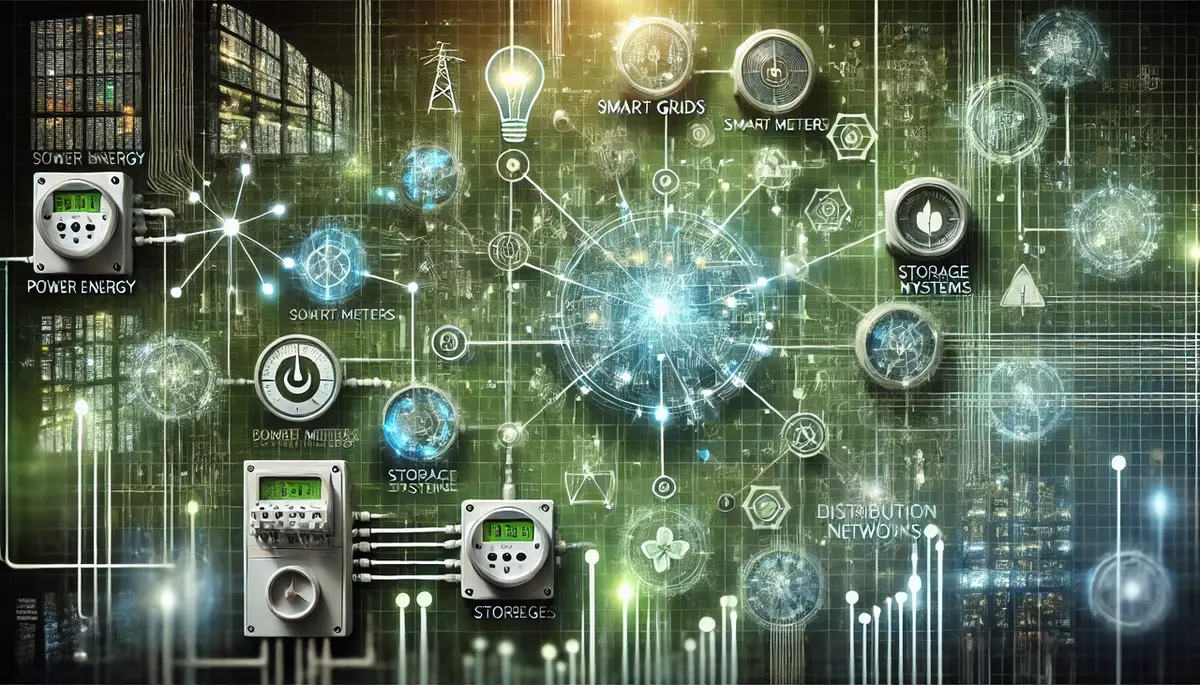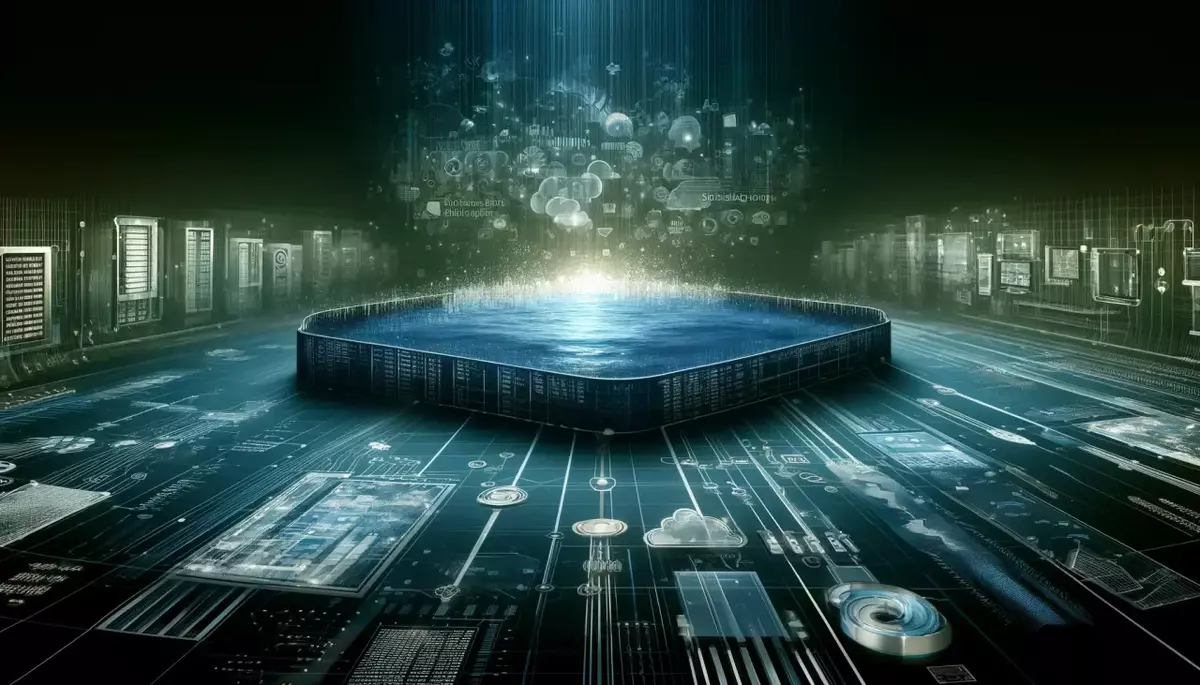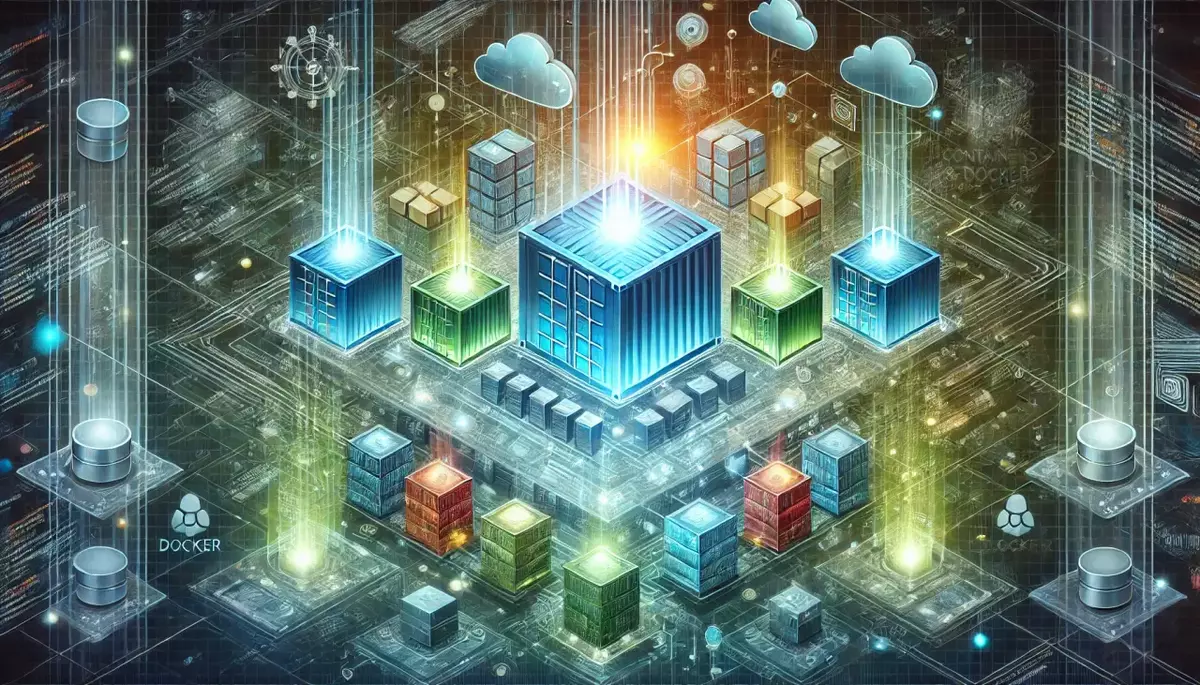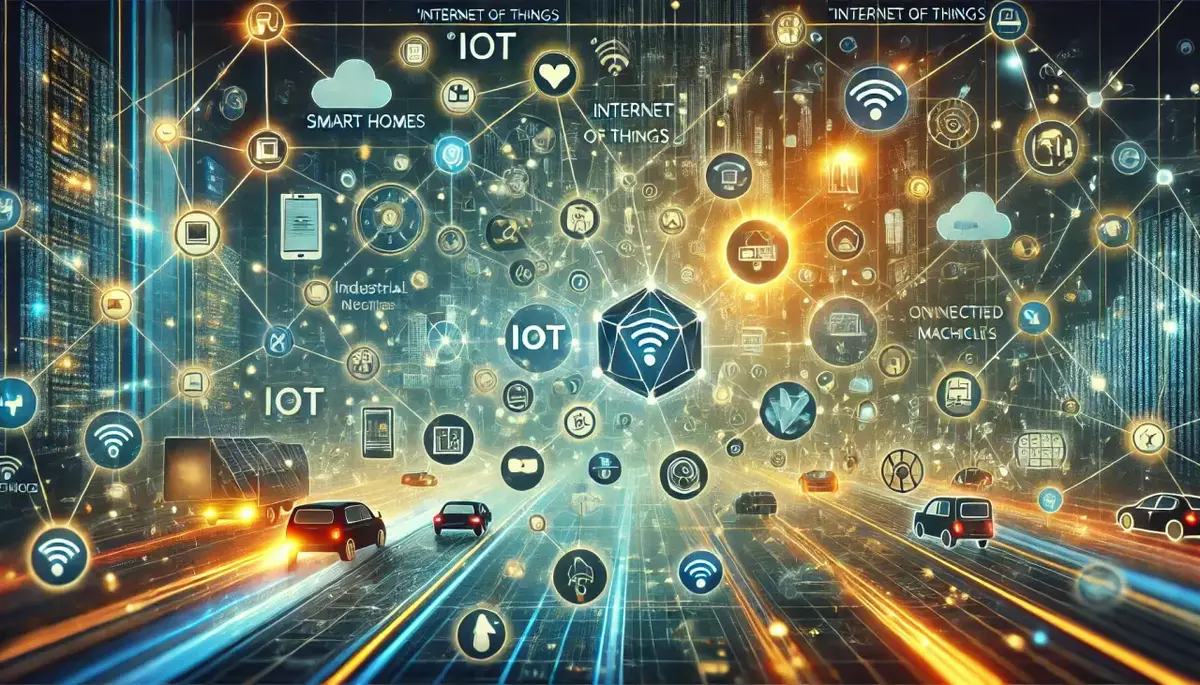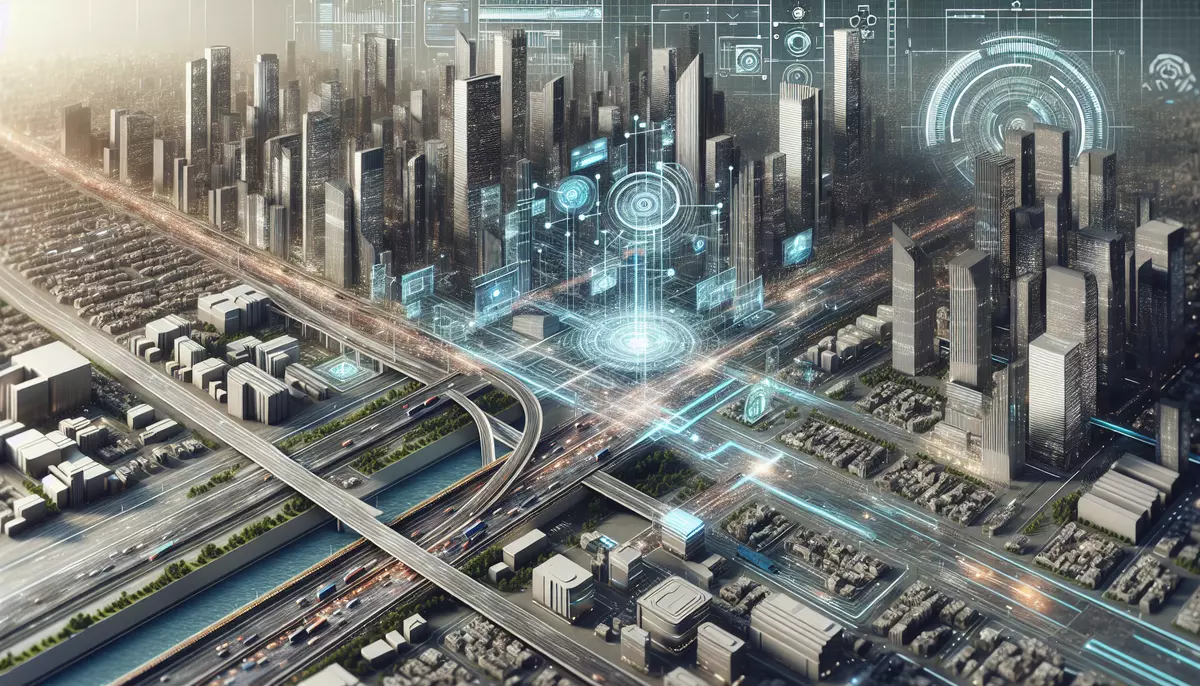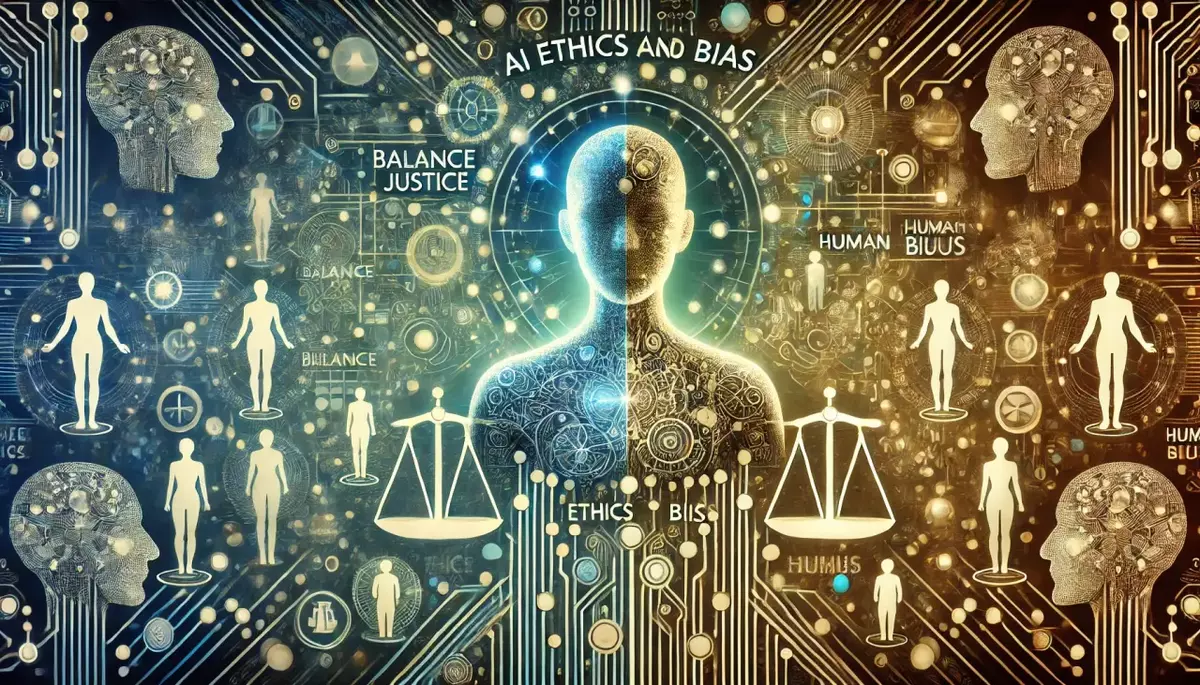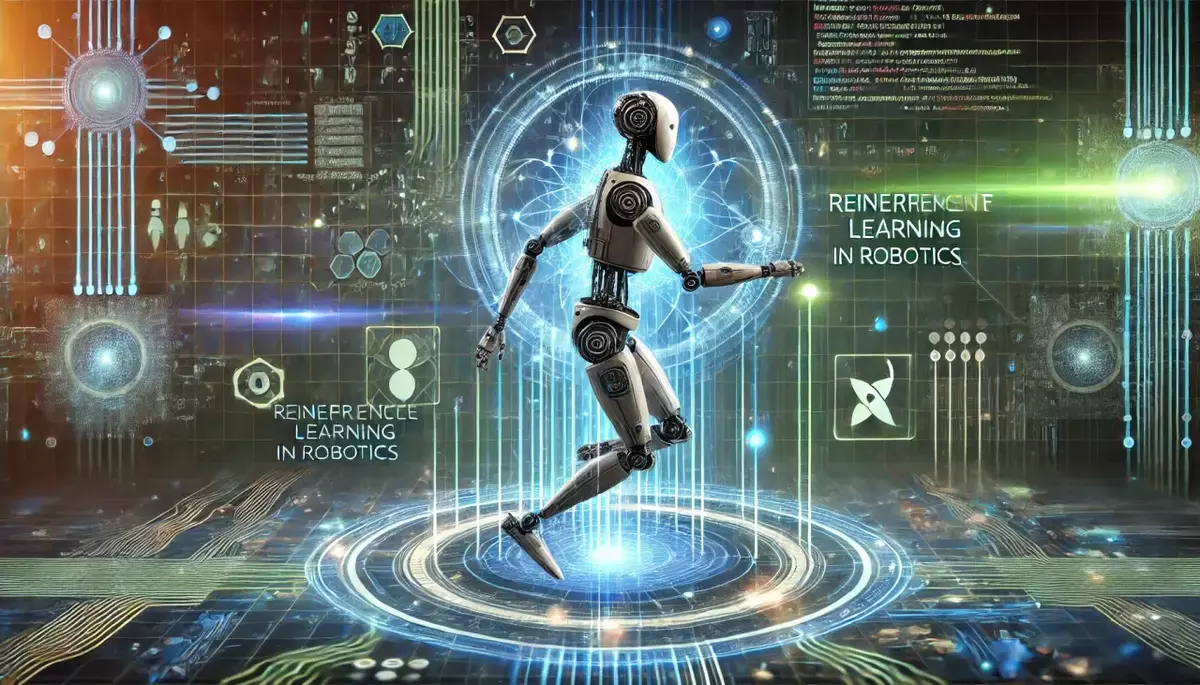Introduction
Smart grids are the next-generation electrical power distribution systems that integrate advanced digital technologies to enhance the efficiency, reliability, and sustainability of electricity generation, transmission, and consumption. This knowledge article explores the key features, benefits, and challenges of smart grid technology, as well as its current and future applications.
What is a Smart Grid?
A smart grid is an electrical grid that uses information and communications technology to gather and act on information about the behaviors of suppliers and consumers, in an automated fashion, to improve the efficiency, reliability, economics, and sustainability of the production and distribution of electricity.
Key Features of Smart Grids:
- Bidirectional Communication: Smart grids enable two-way communication between utilities and consumers, allowing for real-time monitoring and control of the grid.
- Distributed Generation: Smart grids can integrate distributed energy resources, such as solar panels and wind turbines, into the grid.
- Automated Control: Smart grids use advanced sensors, controls, and analytics to automatically optimize the grid’s performance.
- Demand Response: Smart grids can adjust electricity demand in response to supply conditions, helping to balance the grid.
- Energy Storage: Smart grids can incorporate energy storage technologies to improve grid stability and resilience.
Benefits of Smart Grids
The implementation of smart grid technology offers numerous benefits to both utilities and consumers:
Improved Efficiency and Reliability:
- Reduced energy losses and better load balancing
- Faster identification and resolution of outages
- Improved integration of renewable energy sources
Enhanced Consumer Engagement:
- Increased energy awareness and control for consumers
- Opportunities for demand-side management and energy savings
- Improved customer service and satisfaction
Environmental and Economic Benefits:
- Reduced greenhouse gas emissions and environmental impact
- Deferred or avoided investments in new power generation and transmission infrastructure
- Potential for new revenue streams and business models
Challenges and Considerations
While smart grids offer significant benefits, there are also challenges and considerations that must be addressed:
Technological Challenges:
- Integrating legacy infrastructure with new smart grid technologies
- Ensuring robust and secure communication networks
- Developing effective data management and analytics capabilities
Regulatory and Policy Considerations:
- Establishing appropriate regulatory frameworks and incentives
- Addressing privacy and cybersecurity concerns
- Aligning stakeholder interests and coordinating implementation
Economic and Financial Factors:
- Significant upfront investment required for infrastructure upgrades
- Ensuring a positive return on investment for utilities and consumers
- Addressing potential equity and affordability issues
Applications and Future Trends
Smart grid technology is being implemented and explored in various applications, and its future development is expected to bring further advancements:
Current Applications:
- Advanced metering infrastructure (AMI) and demand response programs
- Integration of distributed energy resources, such as rooftop solar and energy storage
- Microgrids and community-scale energy systems
Future Trends:
- Increased use of artificial intelligence and machine learning for grid optimization
- Integration of electric vehicles and vehicle-to-grid (V2G) technologies
- Expansion of energy storage solutions to enhance grid resilience
- Development of transactive energy models and peer-to-peer energy trading
Conclusion
Smart grids represent a transformative shift in the way electricity is generated, transmitted, and consumed. By leveraging advanced digital technologies, smart grids can enhance the efficiency, reliability, and sustainability of the power system, while also empowering consumers and enabling the integration of renewable energy sources. As the adoption of smart grid technologies continues to grow, it will play a crucial role in shaping the future of the global energy landscape.
This knowledge base article is provided by Fabled Sky Research, a company dedicated to exploring and disseminating information on cutting-edge technologies. For more information, please visit our website at https://fabledsky.com/.
References
- U.S. Department of Energy. (2021). “The Smart Grid.” https://www.energy.gov/oe/articles/how-smart-grid-works
- International Energy Agency. (2020). “Smart Grids.” https://www.iea.org/reports/smart-grids
- Farhangi, H. (2010). “The path of the smart grid.” IEEE Power and Energy Magazine, 8(1), 18-28.
- Gungor, V. C., Sahin, D., Kocak, T., Ergüt, S., Buccella, C., Cecati, C., & Hancke, G. P. (2011). “Smart grid technologies: Communication technologies and standards.” IEEE transactions on Industrial informatics, 7(4), 529-539.
- Siano, P. (2014). “Demand response and smart grids—A survey.” Renewable and Sustainable Energy Reviews, 30, 461-478.

